How to Leverage Thematic Analysis for Better UX
Thematic analysis, an approach used to analyze qualitative data, is central to credible research and can be used to improve UX design by uncovering user needs, motivations, and behaviors.
Thematic analysis, an approach used to analyze qualitative data, is central to credible research and can be used to improve UX design by uncovering user needs, motivations, and behaviors.

Shane Ketterman
Shane comes from a background in architecture, information technology, customer experience, and UX design.
Expertise
How can we provide better user experiences? One way is to leverage UX research in order to gain a deeper understanding of user needs, motivations, and behaviors. UX research is centered around the analysis of real-life scenarios in order to gain valuable facts, i.e., its aim is not in generating or improving a theory.
Consider this pediatric healthcare UX research study. Parents with a child in the hospital aren’t always aware of the resources available to them, such as laundry services, meal options, and sleeping accommodations. Leveraging UX research in the form of user interviews, it was discovered that parents (users) were frustrated and confused because they weren’t properly oriented at the beginning of their child’s stay.
That frustration led to increased anxiety and a feeling of helplessness. A solution was crafted resulting in a half-page booklet that oriented parents with tips, resources, and advice from other parents.
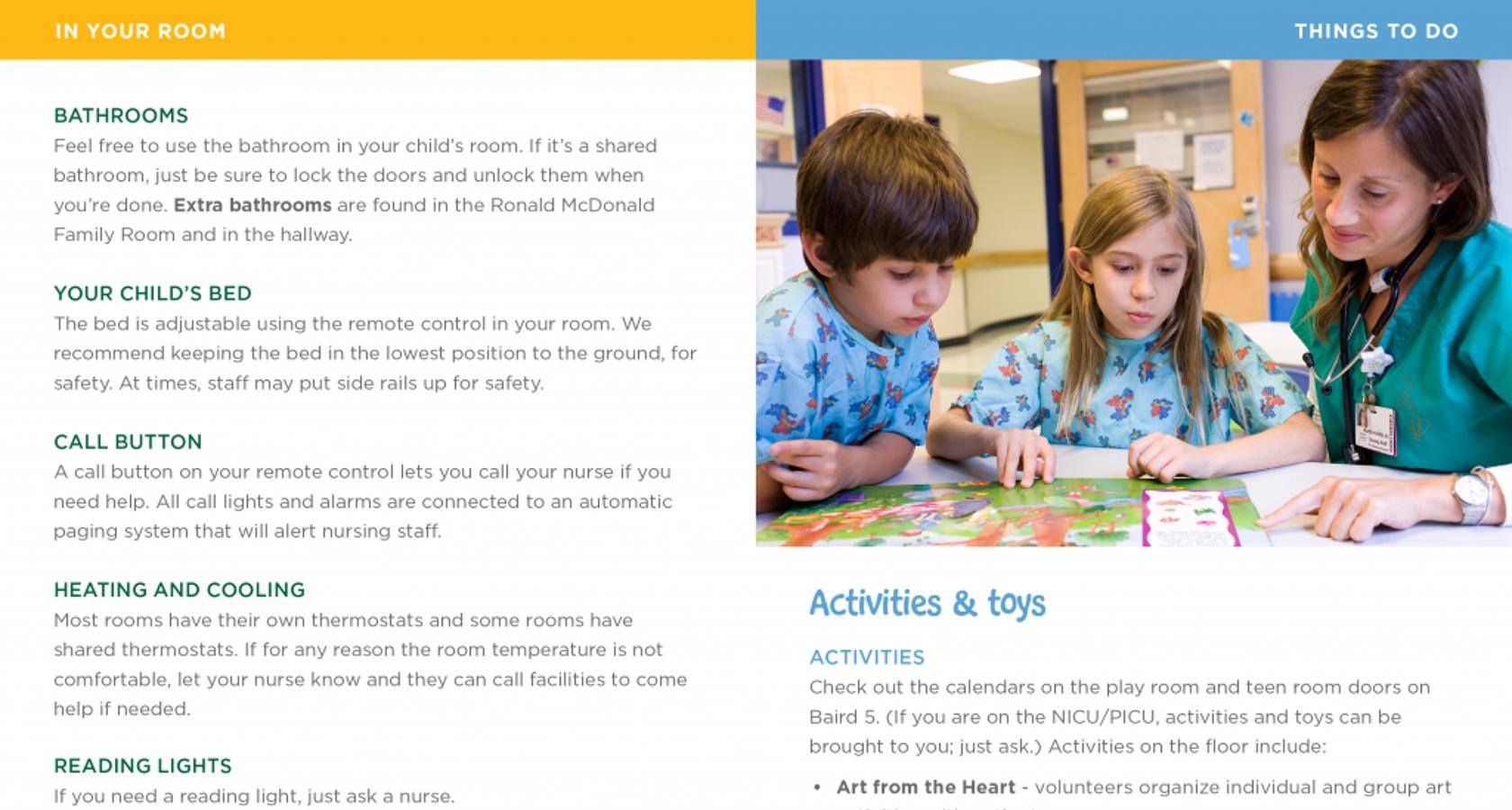
While there are a lot of user research methodologies that can be used to generate both qualitative and quantitative data, it’s the analysis and application of this data that ensures UX designs are better aligned with user needs—a highly flexible framework for analyzing qualitative data is thematic analysis, and it can be leveraged for better UX.
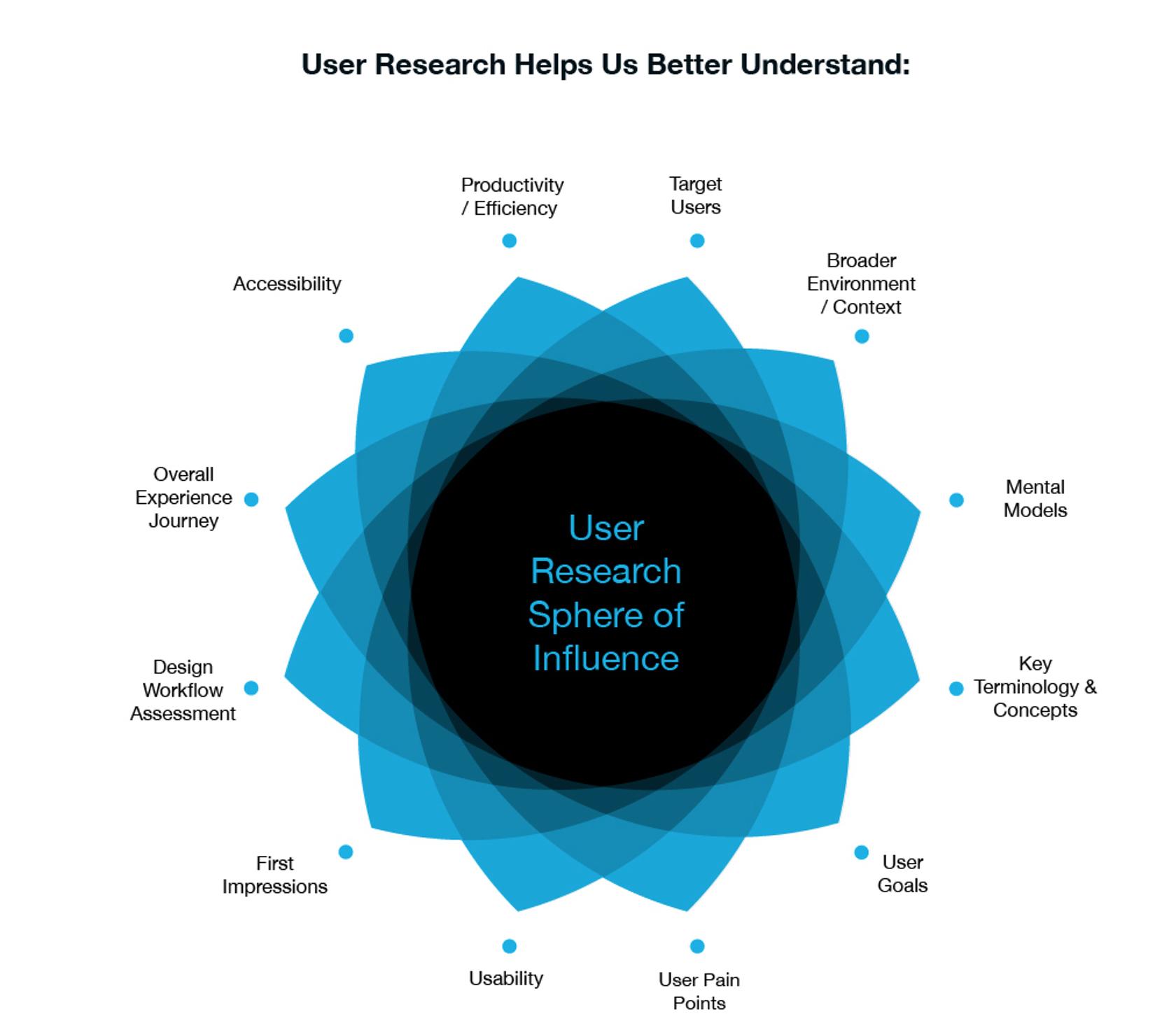
Introducing Thematic Analysis
Thematic analysis is a process user researchers can use to analyze qualitative data. The thematic analysis approach identifies themes (sometimes referred to as patterns) within qualitative data. Themes are used to help researchers answer questions and find meaning within large amounts of data.
The importance of thematic analysis cannot be understated. Though it can be a complex framework to put into practice, it is both flexible and deeply insightful. Because of this, many researchers believe that it should be a fundamental part of the UX design process.
How to Use Thematic Analysis
Proper analysis of qualitative user data is central to credible research. The thematic analysis process follows a systematic approach, resulting in a collection of themes that provide a more accurate representation of user needs, motivations, and behaviors:
- Exploring the UX research data
- Generating initial codes
- Looking for themes
- Reviewing themes
- Defining themes
- Compiling a UX deliverable
Since the results of qualitative data interpretation can be subjective if there are no concrete outcomes established, it’s a good idea to know the questions and goals that are being sought before starting the thematic analysis process.
Becoming Familiar with UX Research Data
Qualitative UX research data is gathered from activities such as card sorts, daily journals, and user interviews. At this beginning stage, the goal is to make early impressions by reading and re-reading the data, not to formulate any conclusions.
If it’s verbal data, transcribe it. If the data is already transcribed, then break it into smaller, digestible chunks. In either case, taking notes is advised. During the exploration stage, it’s good practice to keep an open mind, stay neutral, and resist the urge to formulate anything concrete.
At the end of this stage, there should be a comfortable level of familiarity with the data and some meta ideas should be written down. If anything is unclear, reread it and resist moving on.
Generate Initial Codes
In this phase, the goal is to organize the data in a more meaningful (and systematic) way. If the data is being analyzed manually (without the aid of research software), then highlighting or side notes can be used.
What is actually being highlighted? What are we looking for? Codes are simply highlighted pieces of user data that support the project research questions.
For example, if we are being asked to evaluate video streaming services, then we will “code” or highlight specific instances in the data that support the questions being asked such as “it’s difficult to find something,” or “HBO,” or “Hulu.”

Coding is a fairly complex process because the user researcher needs to keep the project questions and goals in mind at all times. A great idea is to transcribe all of the code snippets onto a spreadsheet which will help with the next phase, looking for themes.
Looking for Themes
The next phase of a thematic analysis is looking for potential themes from the codes/ideas generated in the last stage.
A theme is a recurring pattern of codes that captures something significant about the original research question. For example, we might have a series of codes highlighted such as HBO, Netflix, and Hulu. The research question is based around video streaming so we might pick a theme of “important streaming services” or, more broadly, “services.”
Since finding themes is the core of thematic analysis, the majority of time should be spent in this stage of the process. The most correct themes will be those which align with the research questions.
Reviewing Themes
Once the initial themes have been extracted, the next step is to review them all and make sure they align with the meaning of the data as a whole. It’s tempting at this stage to blindly “accept” all of the themes and move on to the next phase.
A deeper examination is recommended as there are often themes or concepts missed the first time around.
A few questions can serve as a guide during the theme review process:
- Do the themes make sense in context of the research question being asked?
- Are the themes concrete or too general?
- Do any of the themes overlap?
- Are there missed themes?
Defining Themes
After a thorough review, the final set of themes should be documented. It may be helpful at this stage to create a thematic map which shows the relationship between the themes and how they support the overall narrative.
Here’s an example of a thematic map:

UX Deliverable
The final UX deliverable is the last stage of the thematic analysis approach. The analysis should consider the audience. Is this for a team of UX designers? Is it for the client?
Regardless of the audience, a thematic analysis report should be concise, logical, and non-repetitive, and tell an engaging story in support of the findings. It’s also important to provide final recommendations and include examples from the user data to support these recommendations.
A common practice is to include the original qualitative data, codes, and resultant themes so the client can see the how the UX researcher arrived at their conclusions. It also adds validity to the work.
Putting Thematic Analysis into Practice
How can UX designers put thematic analysis into practice in order to help improve UX?
The results of a thematic analysis is insight into user needs that will serve as the foundation for human interaction design decisions, product content, information architecture, and usability design.
Consider a completed thematic analysis with a theme called “customization.” In this case, users want the ability to customize a specific product and have a high degree of autonomy over its features. Having this knowledge and insight will help UX designers during every stage of the design process. Without it, there is a risk of a failed product design that does not work well for the intended audience.
Thematic Analysis Case Study: Telehealth Dashboards
What follows is a UX research case study of thematic analysis that was used for a company providing telehealth products, services, and analytics.
The Question and the Data
The question the client asked was, “How can we improve the user experience of our analytics dashboards?”
The dashboards were not being used, customers were cancelling their subscriptions to the analytics product, and the data team had no UX design experience. In order to decrease churn and improve the overall user experience, UX research was employed to find out what users needed and wanted as well as what their motivations were.
User interviews were performed with the identified customer personas using Google Docs and Zoom for video meetings.
Becoming Familiar with the User Research Data
Once the user interviews were completed, all of the feedback was placed on a separate tab in a spreadsheet. The spreadsheet had three columns:
- User Name
- Codes
- Themes
In the “User Name” column, the qualitative data was placed in the rows. In order to do this, the user feedback was placed in rows by topic, sentence, or a natural place where there was a pause, so the essence of the feedback was kept intact. Non-verbal observations were also included.

Generating Initial Codes
Initial codes were placed in the “codes” column of the spreadsheet. Note that these codes are simply ideas based on the feedback given and the outcome being sought for the project.
Whenever a user discussed something they wanted to have on their analytics dashboard, the code that made the most sense was “analytics story” because each piece of data on a dashboard tells a story.
Here are the final codes that were generated alongside the qualitative user data:
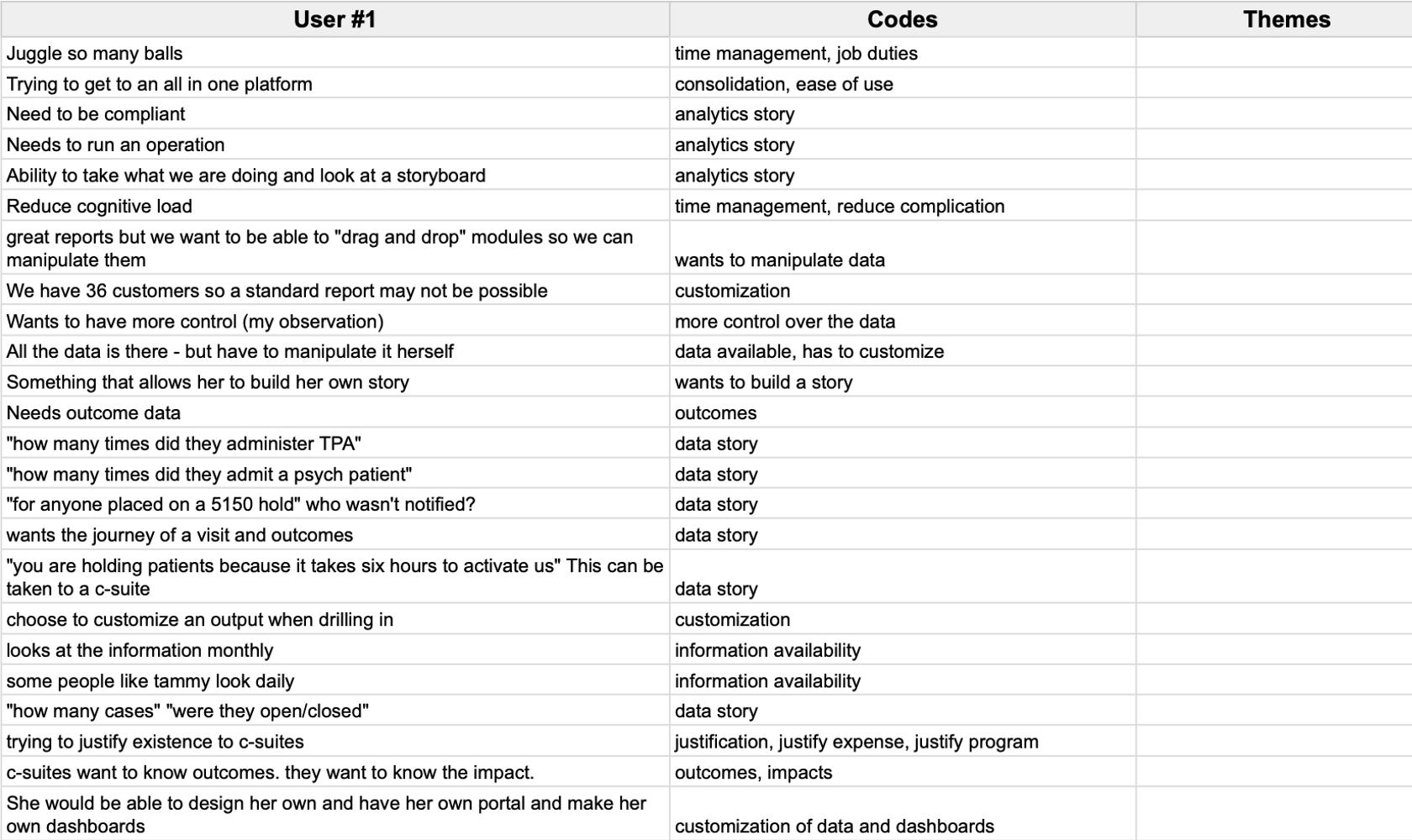
Coding can also be subjective. For example, the user comment of “juggling so many balls” was in reference to being extremely busy, and thus it felt natural to give that a code of “time management.” It could have also been “busy” or “overwhelmed.”
Reviewing Themes
This is one of the most difficult stages of a thematic analysis. For each user, all codes were placed side-by-side on a separate spreadsheet so they could be shown together. Note that when reviewing codes, they will not all be exactly the same word, so look for words and ideas which are similar.
At this stage in the process, we are looking for potential themes that can be pulled out of the codes. For example, “enhancements,” “changes,” and “personalization” of analytics reports were themed as “customization.”
It’s quite possible that a user research project produces a very small amount of data. If this happens, then at this stage final themes could be developed.
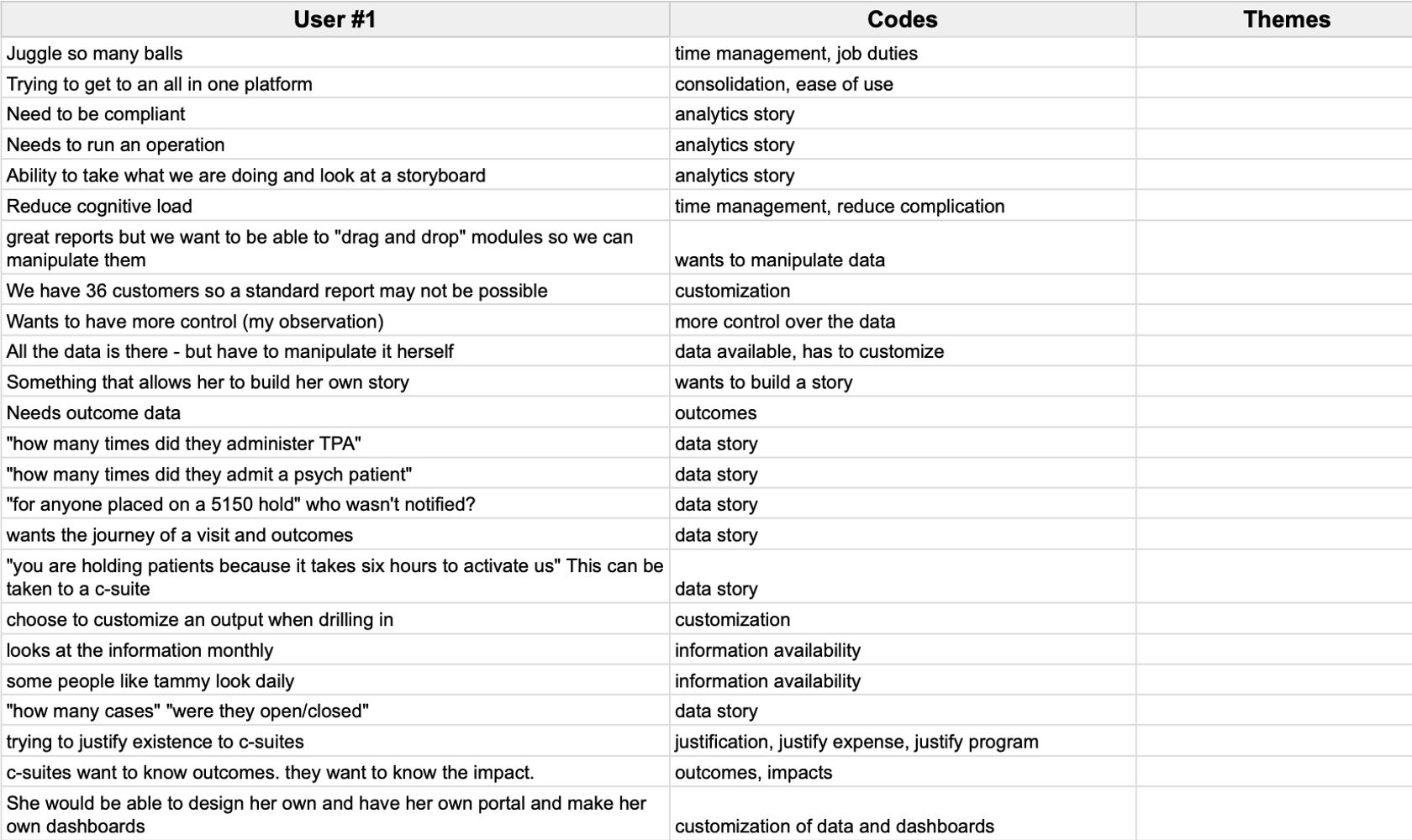
Defining Themes
The final portion of the thematic analysis was a pared down list of themes which supported the main business objective:
- Customization – Enhancements/opportunities
- Data Usage – Current activities
- Data Stories – Opportunities
- Current Product – Issues, etc.
This may not seem impressive at first; however, consider that this was pulled out of hundreds of pieces of qualitative feedback from hours of interviews.
We learned that customers want to be able to customize their analytics dashboards instead of getting a “one-size-fits-all” report. We also learned several stories the users were looking to tell with their dashboards, such as, “How is my telehealth program performing?”
This offered the company great insight and delivered a clear set of objectives to help the data team turn the underperforming dashboards into a product to which users wanted to stay subscribed.
Showing the executive team (and the data team) the final themes was a huge win because it was something they could both understand and digest; contrast this with an entire spreadsheet of notes taken during the user interviews, without any sort of identification of user needs and behaviors.
UX Deliverable
The UX deliverable was expanded beyond a simple report. Based on the themes, the report included:
- An expanded version of the themes – This included each theme and the supporting qualitative feedback which tied back to that theme.
- User stories – A set of user stories was created based on the qualitative feedback in the interviews. Each story was given a priority level of importance.
- Wireframes – A preliminary wireframe of the analytics dashboard was created which focused on customization, fixing current issues, and data usage.
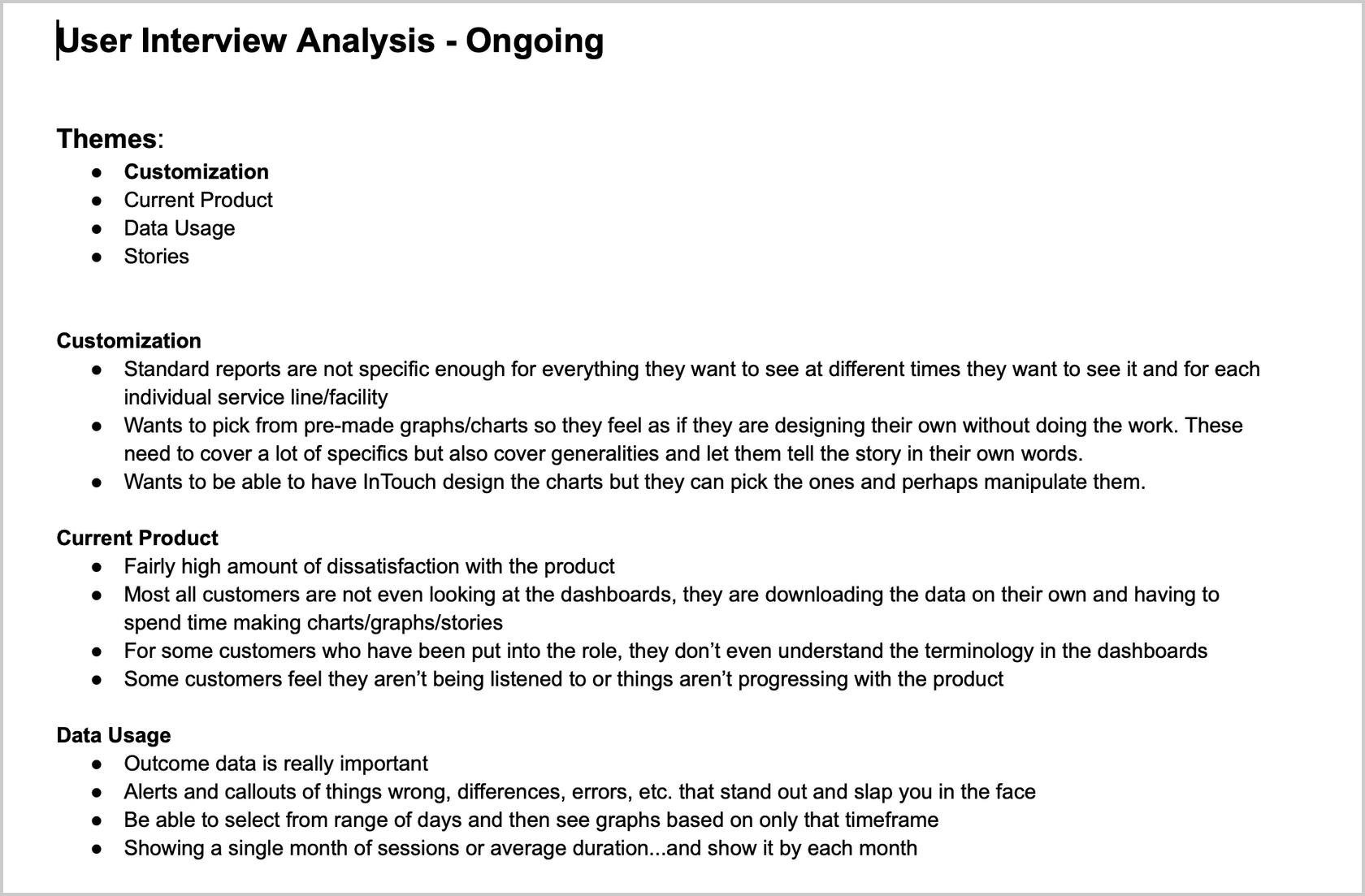
Thematic analysis doesn’t end with the deliverable. It can continue to be used throughout an iterative UX design process. For example, a prototype was created based on the above outcomes. The prototype was then used for a new set of user interviews, which resulted in additional qualitative data, and a second thematic analysis was performed with the goal of refining the prototype.
Thematic analysis, a qualitative analysis of data, can improve UX by providing deeper insight into the needs, motivations, and behaviors of users, resulting in improved user experiences.
Further Reading on the Toptal Blog:
- How to Conduct Effective UX Research: A Guide
- The Value of User Research
- If You’re Not Using UX Data, It’s Not UX Design
- Design Talks: Research in Action with UX Researcher Caitria O'Neill
- UX Research Techniques and Their Applications
- Elegant Healthcare UX: A Missing Piece in Medical Product Design (With Infographic)
Understanding the basics
How do you conduct a thematic analysis?
A thematic analysis is conducted using qualitative data and is performed using a six step process: becoming familiar with the data, generating initial codes, looking for themes, reviewing themes, defining themes, and producing a final deliverable.
What is the purpose of thematic analysis?
The purpose of a thematic analysis is to analyze qualitative data and identify themes (sometimes referred to as patterns) within the data. This provides deeper user insights and improves research outcomes.
What is a disadvantage of thematic analysis?
A disadvantage of thematic analysis is the possibility of a subjective bias leading to themes which do not accurately describe user needs, motivations, and behaviors. This could lead to outcomes that do not align with improved user experiences.
How is thematic analysis flexible?
The thematic analysis process is flexible due to the degree of subjectiveness on the part of the user researcher doing the coding and theme generation. Themes are not black and white; rather, they are subject to interpretation and thus provide a high degree of flexibility.
What is thematic analysis method?
Thematic analysis method is the way in which a thematic analysis is performed. The method begins with an exploration of qualitative data following by coding, theme generation, and a deliverable describing the process and conclusions arrived at by the user researcher.
